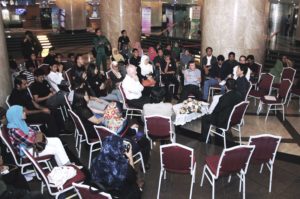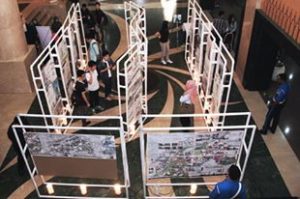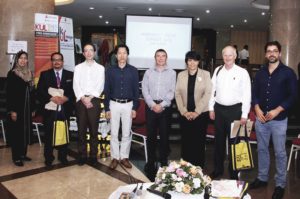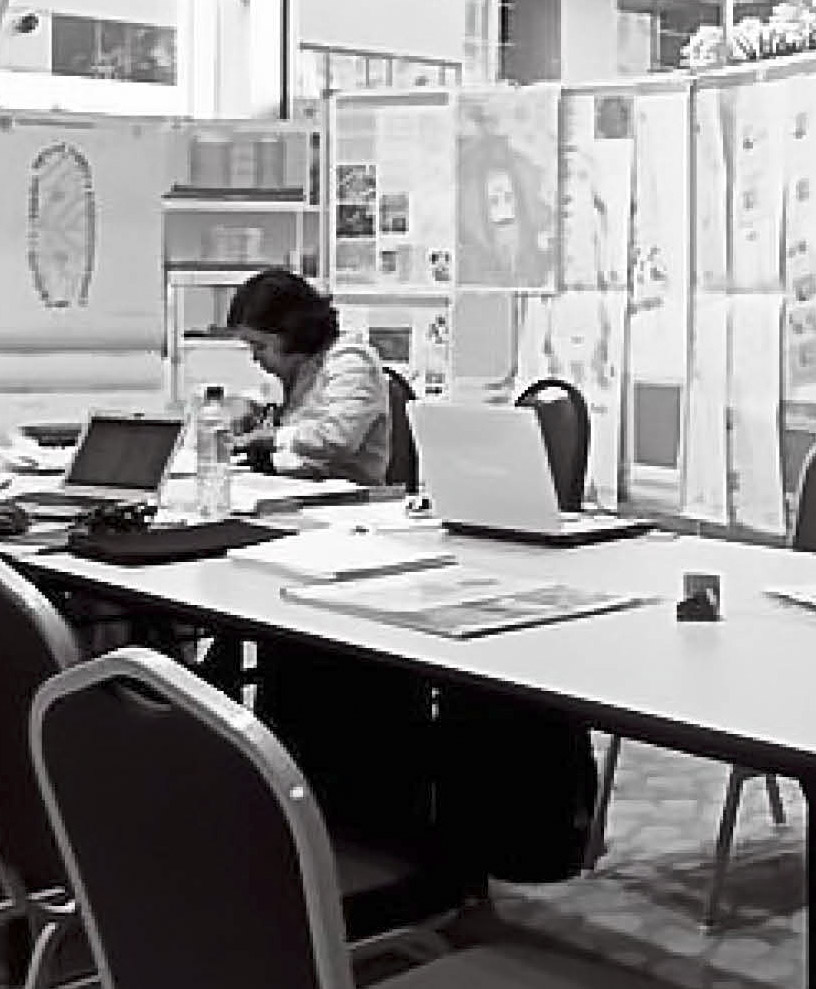UTM-KALAM Institutional Newton Fund team presented the works and the related aspects of Malaysia traditional houses.The session was also used to the opportunity to extend the collaboration further involving Northumbria-UTM-KALAM-Bartlett, each with individual strength and expertise finding the way to improve the urban poor living condition. Ava also attended UTM Final Thesis Assesment 2015/2016 Semester 2. Prof Ava from UCL presented a collaborative project initiated by researchers from The Bartlett at University College London and the Mixed Reality Lab at University of Nottingham. It investigates how media screens located in urban space can be designed to benefit public life.
















